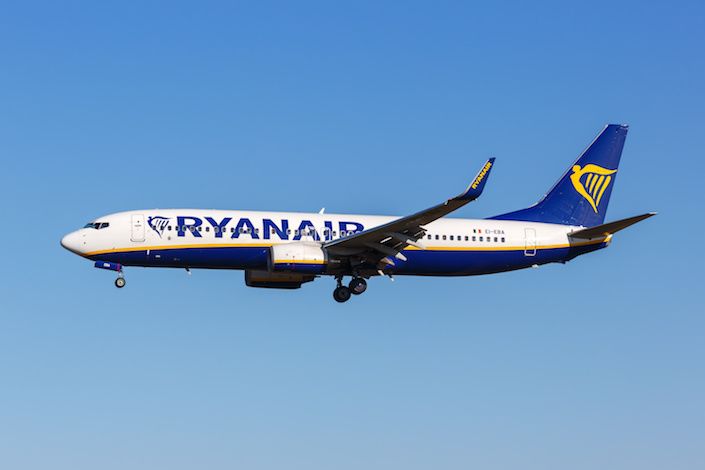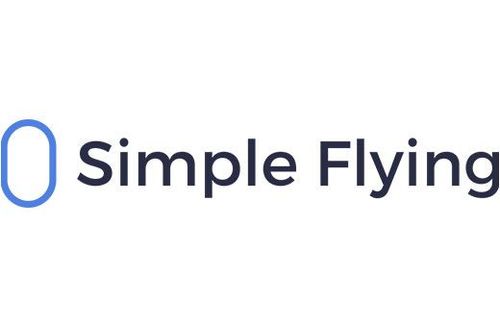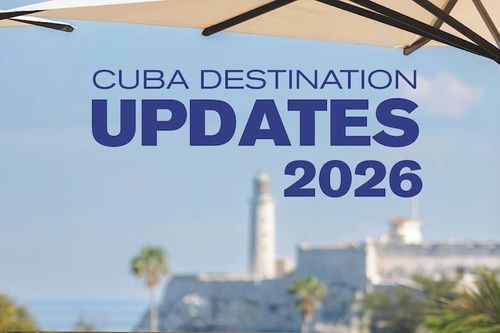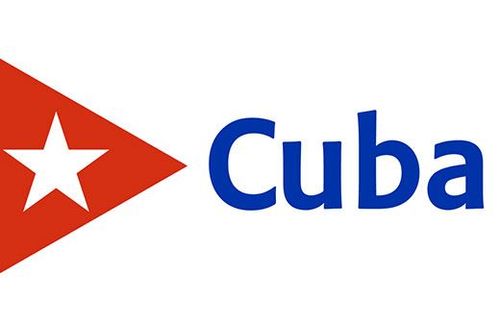Where travel agents earn, learn and save!
News / Ryanair expects to serve 4 million fewer passengers in FY26 due to Boeing delays
The airline continues to highlight disruptions caused by delayed aircraft arrivals

Ryanair has repeatedly emphasized problems stemming from Boeing delivery delays, with the Irish low-cost carrier, which has several airline subsidiaries across Europe, cutting its FY26 traffic guidance by 4 million passengers.
Return to normal figures
Ryanair ended Q3 FY25 with a profit after tax (PAT) of €149 million ($156.8 million), compared to last financial year’s result of €15 million ($15.7 million). The group’s revenues were €2.96 billion ($3.11 billion), an increase of 10% year-on-year (YoY).
In prepared remarks, Michael O’Leary, the chief executive officer (CEO) of Ryanair, said that the group’s massive Q3 FY25 profit improvement stemmed from the fact that the last financial year’s year-on-year (YoY) comparison was severely impacted by the dispute with online travel agencies (OTAs) that happened in November and December 2023.
Operating costs increased by 8% YoY, growing to €2.93 billion ($3 billion), while the average load factor remained 92%. During the quarter, Ryanair welcomed 44.9 million passengers, an increase of 9% YoY.
During the first nine months of the fiscal year, which began on April 1, 2024, Ryanair’s profit grew to €1.94 billion ($2 billion), with the group’s airlines with air operator’s certificates (AOC) across Europe welcoming 160.2 million passengers, also an increase of 9% YoY.
Boeing delivery delays
However, Ryanair has persistently blamed Boeing 737 MAX delivery delays for its underperformance. O’Leary remarked that the group’s traffic was up 9% despite repeated delivery delays from the planemaker.
Ryanair ended the fiscal period on December 31, 2024, with 172 737 MAX 8-200 aircraft and 609 aircraft in total. In comparison, it ended H1 FY25 with 170 737 MAX 8-200 aircraft. Between September 13, 2024, and November 4, 2024, Boeing’s machinists were on strike and returned to work by November 12, 2024.
However, the plane maker resumed production of the 737 MAX and, later, the 767F, 777F, and 777X programs in early December 2024, with Boeing prioritizing safety and quality before its assembly lines could go back online.
Nevertheless, Ryanair said that it has continued to work with Boeing to accelerate aircraft deliveries, and its leadership visited Seattle, Washington, the US, in early January.
Looking for tax cuts
Ryanair remarked that during the past summer, it operated its largest schedule with a record-breaking month in August when it carried 20.5 million passengers. As it plans for the upcoming summer season, it will continue reallocating capacity “to regions and airports who are investing in growth by cutting/scrapping aviation taxes (as Sweden, Hungary, and various Italian regions have) or who are incentivizing traffic growth.”
The low-cost carrier detailed that its target of 200 million annual passengers remains intact in FY25. However, Boeing’s delivery schedule also affected its future plans, already forcing Ryanair to adjust its FY26 passenger outlook from 210 million to 206 million.
Still, the airline group said that its cost gap with its competitors continues to widen, with full-year unit costs to be flat. Fuel hedge savings, substantial interest income, and “modest” aircraft delivery compensation should offset ex-fuel cost inflation, such as higher salaries and cost inefficiencies related to its fleet.
As a result, its current FY25 PAT guidance is between €1.55 billion ($1.63 billion) and €1.61 billion ($1.69 billion), remaining subject to various external developments, including wars in Ukraine and the Middle East, Boeing delivery delays, and air traffic control (ATC) staffing issues in Europe.










